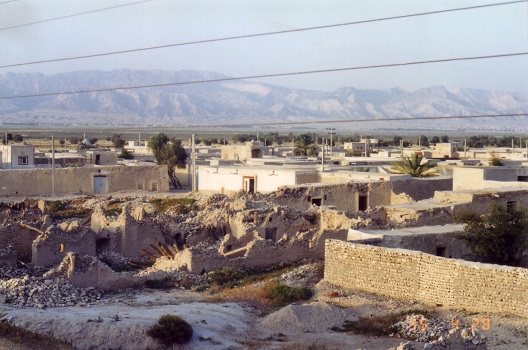 As a journalist and researcher, I very much appreciate a spirited debate about controversial issues. So I welcome the article written recently by a PhD graduate student about my issue brief on Iran’s Sunnis.
As a journalist and researcher, I very much appreciate a spirited debate about controversial issues. So I welcome the article written recently by a PhD graduate student about my issue brief on Iran’s Sunnis.
I agree with the student’s concerns about the map, with which I was not totally comfortable. However, on the more important issue of whether Iran’s Sunnis face systemic discrimination, I disagree with the student’s arguments, many of which echo the Islamic Republic’s official line.
He acknowledges that he used the Telegram app and Skype or that he obtained his information from blogs. Like me, he compiled data by interviewing Iranians in provinces with a significant number of Sunnis, including Sunni religious elites in national and local media, in which they discussed the percentage of Sunnis in their province or county. Obviously, we reached different conclusions. It should be pointed out that I did most of the interviews, reporting and research in person. I am also unsure how one can collect data for this topic from health centers and hospital beds.
I showed the student’s finding to Dr. Parviz Sedaghat, a prominent Iranian political economist in Tehran. This is his response to the student’s findings, starting with the claim that “the government does not systematically and intentionally favor Shias over Sunnis in its socio-economic policies”:
“Of course it is not easy to give an absolute scientific response … However, in addition to several reports that have been published about the non-compliance with the rights of ethnic minorities, official statistics clearly indicate that all the socio-economic development indicators in areas populated by religious-ethnic minorities are worse compared to the rest of the country.
“There are specific employment and unemployment statistics and figures, illiteracy rates for men and women, number of schools and so on — all of which show areas where minorities live are disadvantaged.”
Referring to the student’s tables and charts, Sedaghat said they lacked sourcing. “The unemployment statistic that has been presented is not correct.” He gave the example of Kurdistan, where general “unemployment and unemployment among the youth are higher than the average for the country as a whole.”
Earlier this year, Dr. Sedaghat told a national conference at the Molavi University of Kurdistan on the sociology of the border and social development policies in border areas, that unemployment in Iran in 2016-17 stood at 12.1 percent, while in Iranian Kurdistan it was 15.2 percent.
“Worse, unemployment in Kurdistan among youth between the ages of 15-24 is 41.2 percent, while for the whole of the country it is 25.3 percent,” Dr. Sedaghat told the conference.
“This means that unemployment is not only higher in Kurdistan, but that new jobs are less likely to be found. We are, therefore, witnessing signs of deprivations in Kurdistan,” he said.
“The literacy rate in Kurdistan is 87.84 percent for men compared to 91.5 percent for the country as a whole; female literacy rate in Kurdistan is 75.01 percent compared to 85.6 percent in the whole country,” Sedaghat told the conference.
“Who should be blamed for poverty and inequality?” he asked. “In deprived border regions, we have witnessed discrimination against minorities in Iran, minorities who have no role in decision-making of their regions such as in Kurdistan and in southeastern Iran,” he added.
“We are witnessing an increase in poverty and deprivation in Kurdistan. There is a 52 percent increase in poverty and deprivation in Kurdistan [among those living in peripheral areas and non-standard residential buildings around Sanandaj] that is comparable to slums in Latin American countries. This is a catastrophic figure,” Sedaghat told the conference.
Paris-based political sociologist Hawzhin Baghali, also commenting on the PhD student’s findings, said they had all but “justified Iran’s policies by denying that there is a systematic discrimination against Sunnis.”
She added, “According to the Islamic Republic’s own development indicators, Kurdistan and Baluchistan are at the bottom of the scale. Since even before the revolution until today, the annual budget allotted to Kurdistan and Baluchistan has been significantly lower compared to other areas.”
She also questioned the student’s claim that Kermanshah is only 30 percent Sunni.
Scheherazade Faramarzi is a veteran journalist who covered the Iranian revolution, the Iran-Iraq war, hostage crises and Iran-Contra. She went on to report from across the Middle East as well as Pakistan, Afghanistan, North Africa and Europe for the Associated Press. She has been a researcher and a freelance writer since 2011.
Image: Hormozgan - 1995 (Scheherazade Faramarzi)
